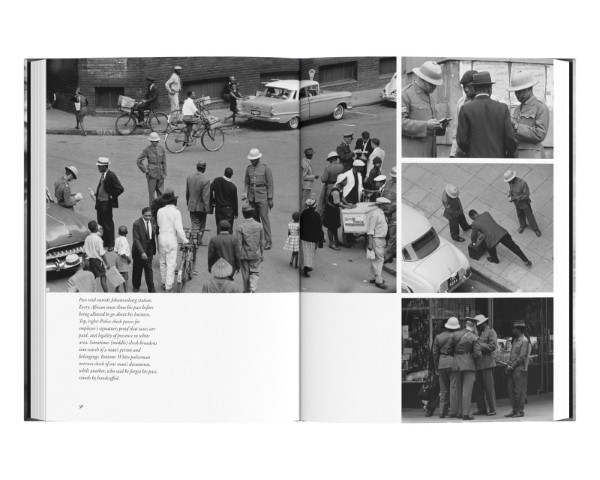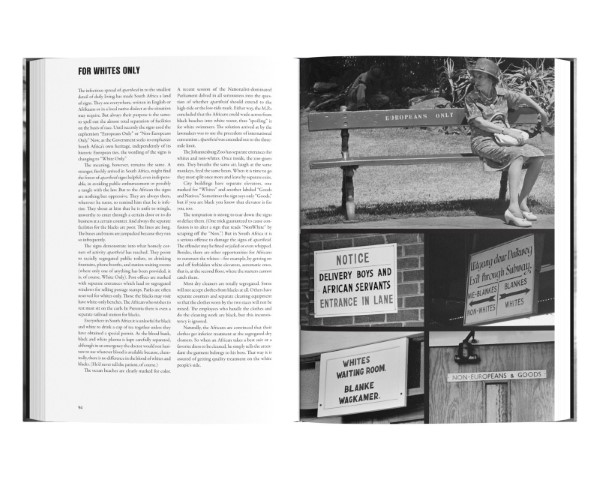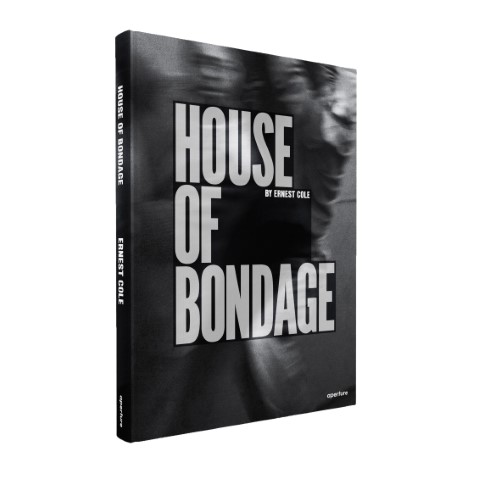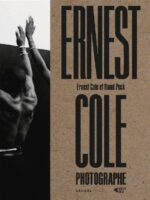Ernest Cole, un homme noir d’Afrique du Sud, a photographié les dessous de l’apartheid dans les années 1950 et 1960, souvent au péril de sa vie personnelle, et il a capturé méthodiquement la myriade de formes de violence ancrées dans la vie quotidienne de la majorité noire sous le régime de l’apartheid, en imaginant ses mineurs, En 1966, Cole a fui l’Afrique du Sud et a fait sortir ses négatifs; House of Bondage a été publié l’année suivante avec ses écrits et sesCette édition conserve la puissante histoire de l’original tout en ajoutant de nouvelles perspectives sur la vie de Cole et l’héritage de House of Bondage. Elle comporte également un chapitre – compilé et intitulé « Black Ingenuity » par Cole – de jamais-avant-Rendu disponible près de cinquante-cinq ans plus tard, House of Bondage demeure un document visuellement puissant et politiquement incisif de l’époque de l’apartheid ; préface de Mongane Wally Serote, texte de Oluremi C. Onabanjo et James Sanders.
Cole, a Black South African man, photographed the underbelly of apartheid in the 1950s and ’60s, often at great personal risk. He methodically captured the myriad forms of violence embedded in everyday life for the Black majority under the apartheid system—picturing its miners, its police, its hospitals, its schools. In 1966, Cole fled South Africa and smuggled out his negatives; House of Bondage was published the following year with his writings and first-person account. This edition retains the powerful story of the original while adding new perspectives on Cole’s life and the legacy of House of Bondage. It also features an added chapter—compiled and titled “Black Ingenuity” by Cole—of never-before-seen photographs of Black creative expression and cultural activity taking place under apartheid. Made available again nearly fifty-five years later, House of Bondage remains a visually powerful and politically incisive document of the apartheid era ; preface by Mongane Wally Serote, text by Oluremi C. Onabanjo and James Sanders.







